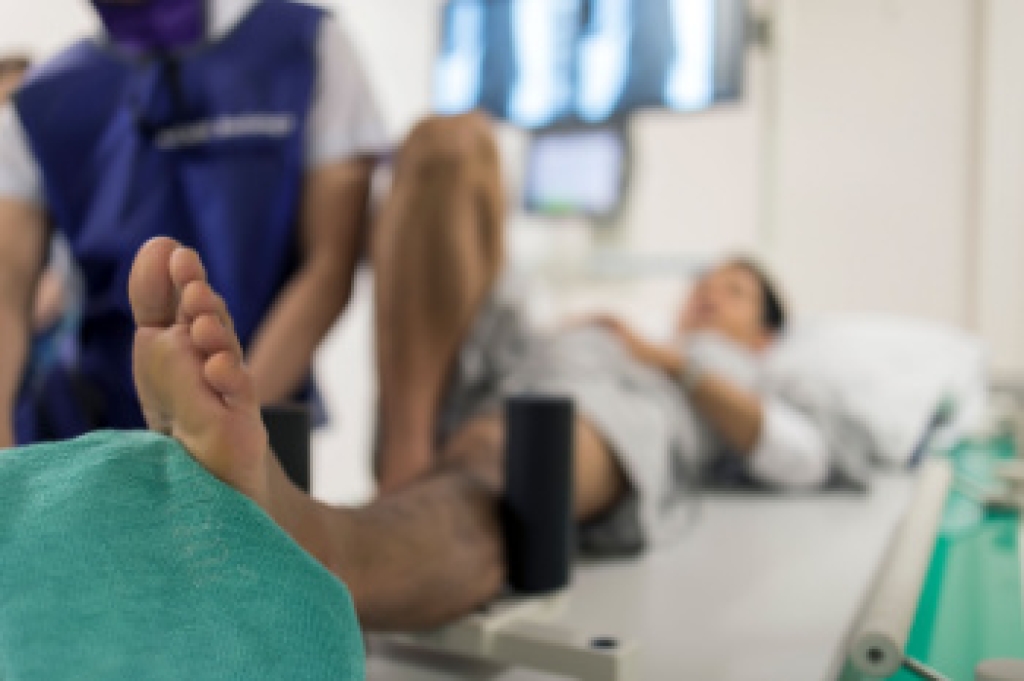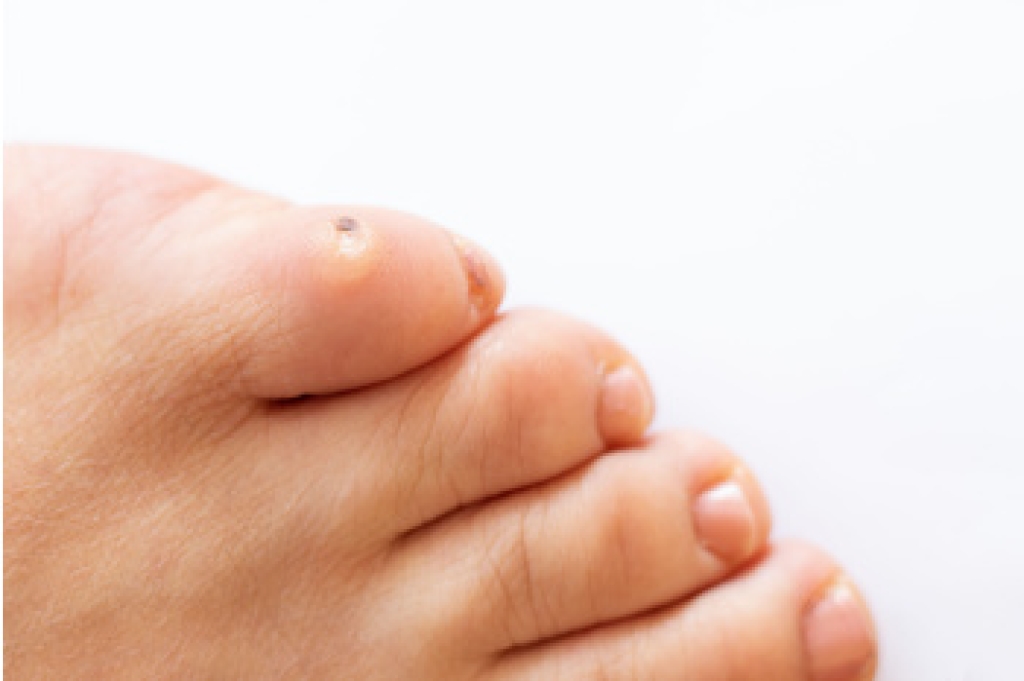
Stress fractures are small cracks in the bones of the foot or lower leg that often occur in runners, basketball players, or dancers due to repetitive impact, overuse, or sudden increases in activity intensity. They may not be immediately visible but can cause localized pain that worsens with weight bearing, swelling, tenderness, or bruising. Many individuals notice discomfort that improves with rest but returns during activity, making early recognition important. Stress fractures commonly affect the metatarsals, especially the second and third, due to repetitive pressure during jumping or dancing. A podiatrist can evaluate suspected stress fractures through a thorough physical examination and imaging, such as X-rays or an MRI, to confirm the diagnosis and rule out other injuries. Treatment may include activity modification, protective footwear, orthotics, or immobilization to allow proper healing. Early intervention prevents complications and ensures a safe return to activities. If you experience persistent foot pain after activity, it is suggested that you make an appointment with a podiatrist.
Stress fractures occur when there is a tiny crack within a bone. To learn more, contact Darlyne Cange, DPM from Cange Podiatry, DPM, PA. Our doctor can provide the care you need to keep you pain free and on your feet.
How Are They Caused?
Stress fractures are the result of repetitive force being placed on the bone. Since the lower leg and feet often carry most of the body’s weight, stress fractures are likely to occur in these areas. If you rush into a new exercise, you are more likely to develop a stress fracture since you are starting too much, too soon. Pain resulting from stress fractures may go unnoticed at first, however it may start to worsen over time.
Risk Factors
- Gender – They are more commonly found in women compared to men.
- Foot Problems – People with unusual arches in their feet are more likely to develop stress fractures.
- Certain Sports – Dancers, gymnasts, tennis players, runners, and basketball players are more likely to develop stress fractures.
- Lack of Nutrients – A lack of vitamin D and calcium may weaken the bones and make you more prone to stress fractures
- Weak Bones – Osteoporosis can weaken the bones therefore resulting in stress fractures
Stress fractures do not always heal properly, so it is important that you seek help from a podiatrist if you suspect you may have one. Ignoring your stress fracture may cause it to worsen, and you may develop chronic pain as well as additional fractures.
If you have any questions please contact our offices located in Glen Burnie and Ellicott City, MD . We offer the newest diagnostic and treatment technologies for all your foot and ankle needs.




